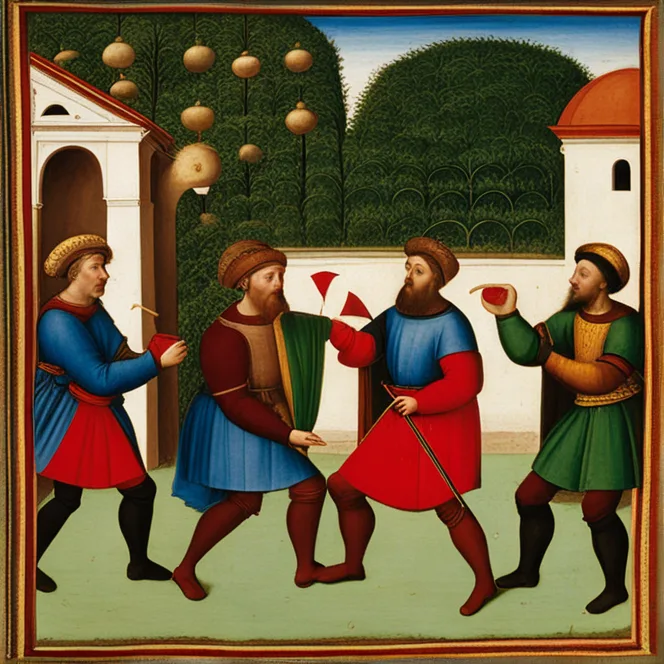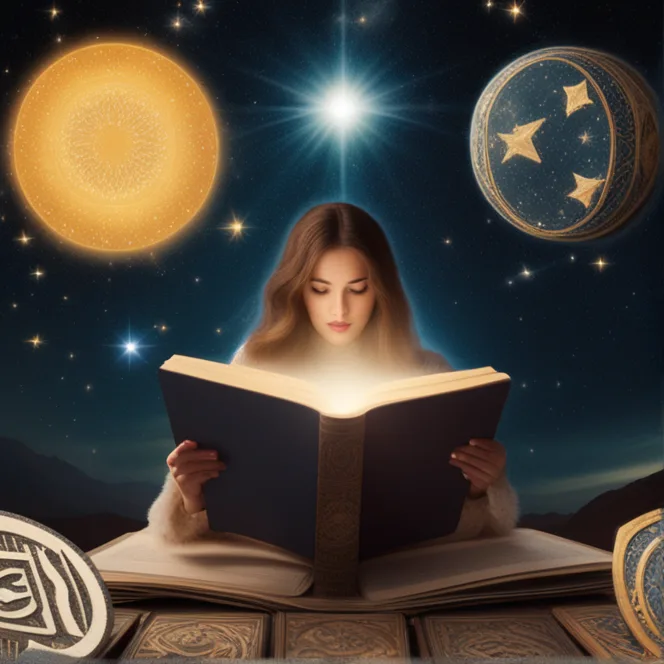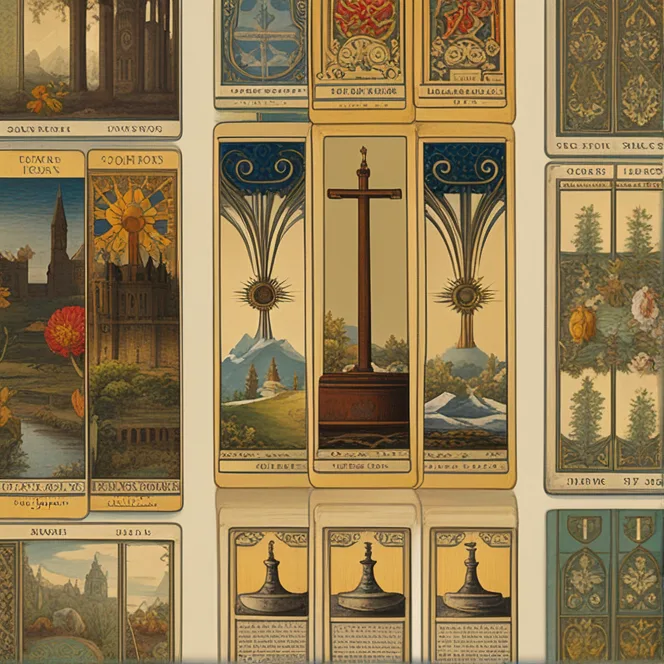
Introduction to Tarot
The art of tarot spans centuries, bridging the past and present with its enigmatic symbols and imagery. Originally serving as a card game in the mid-15th century, these cards have transitioned into a method of introspection and prognostication. Here, we trace the transformation of tarot from Renaissance Italy to modern divination practice, presenting a tapestry woven with history and mystery alike.
Early Beginnings in Europe
Tarot's origins can be pinpointed to 15th-century Europe, primarily Italy, where they emerged as "tarocchi" cards used for leisurely games among the upper echelons of society. The standard deck comprised 78 cards, subdividing into the Major Arcana's allegorical figures and the Minor Arcana's more familiar suits. Their ethereal iconography hinted at an esoteric potential that later epochs would further unwrap.

Transition to Mystical Use
As the centuries unfurled, tarot's purpose experienced a fascinating metamorphosis. It wasn't until the 18th century that tarot began to strike the chords of the mystical. Occultists and secret societies found in these cards deeper meanings and connections to ancient wisdom, thus reinforcing tarot's pivot from parlour game to spiritual guidance.

Egyptian and Kabbalistic Links
The allure of ancient civilizations, especially Egypt, heavily influenced tarot's reshaping. Antiquarians of the time, such as Antoine Court de Gébelin, asserted without concrete evidence that tarot symbols stemmed from the arcane knowledge of Egyptian priests. This hypothesis, although speculative, infused the tarot with an aura of the primordial and sacred, linking it to Kabbalistic insights and astrological associations.

The Spread through Europe
The practice of tarot divination spread like wildfire across the continent, especially within France and England, where societies with a penchant for the esoteric thrived. Each region adapted the cards to its cultural narrative, thus engendering an array of decks like the Tarot of Marseilles and the Rider-Waite-Smith tarot, which today stand as testament to tarot's rich and diversified heritage.
Modern Tarot Practice
Today, tarot enjoys a renaissance as a tool for self-discovery and future insight. With a copious variety of decks available, befitting every aesthetic and philosophy, tarot's reach has never been broader. Astrologers from 2024 onwards often integrate tarot in their readings, asserting a cosmic synergy between planetary alignments and the archetypes dwelling within the Major and Minor Arcana.
Future Forecasting with Tarot
Tarot readers looking beyond 2024 utilize the timeless wisdom of the cards to navigate an ever-changing world. Rather than a fixed prediction, tarot offers a lens through which potential futures might be glimpsed, always intertwined with individual free will and the dynamic flow of circumstance. For many, it remains a constant companion on the journey of life's unfolding mystery.
Published: 12/15/2023
Modified: 12/18/2023
More predictions
Come back here soon to learn more about yourself and your future


The Essence Of Tarot's Eight of Cups
Dive into the meaning of the Eight of Cups tarot card, interpreting its guidance for personal growth and destiny choices.


Tarot: Wisdom In Quotes
Delve into the profound world of tarot through insightful quotes that encapsulate the mystical journey of life and divination.


The Intersection of Tarot & Astrology
Dive into the synergistic relationship between tarot readings and astrology, and discover how they combine to offer a unique perspective on your life's journey.